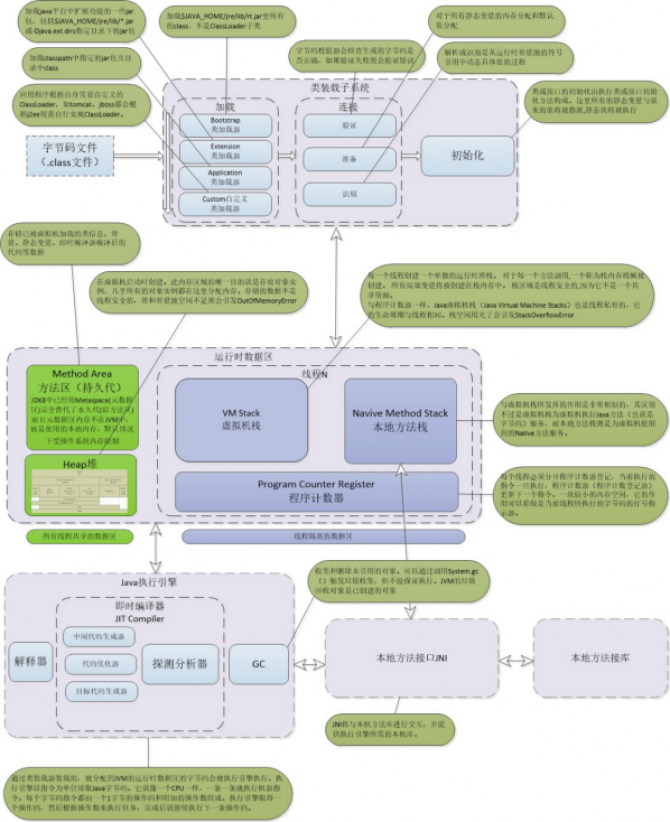简单介绍Bellman-Ford算法
定义:
d
[
i
]
:
=
从
s
到
i
的
最
短
距
离
d[i]:=从s到i的最短距离
d[i]:=从s到i的最短距离
初始化:
d
[
s
]
=
0
,
d
[
i
]
=
I
N
F
,
i
∈
V
d[s]=0,d[i]=INF,i \in V
d[s]=0,d[i]=INF,i∈V
利用递推式:
d
[
i
]
=
m
i
n
{
d
[
j
]
+
(
从
j
到
i
的
权
重
)
∣
e
=
(
i
,
j
)
∈
E
}
d[i]=min\{ d[j]+(从j到i的权重)|e=(i,j)\in E \}
d[i]=min{d[j]+(从j到i的权重)∣e=(i,j)∈E}
直到不在更新就完成了
代码:
#include<bits/stdc++.h>
using namespace std;
const int MAX_V=100,MAX_E=100;
const int INF=0x7ffffff;
struct edge{
int from,to,cost;
};
edge es[MAX_E];
int d[MAX_V];
int V,E;
void shortest_path(int s){
for(int i=0;i<V;++i) d[i]=INF;
d[s]=0;
while(true){
bool update=false;
for(int i=0;i<E;++i){
edge e= es[i];
if(d[e.from]!=INF&&d[e.to]>d[e.from]+e.cost){
d[e.to]=d[e.from]+e.cost;
update=true;
}
}
if(!update) break;
}
}
int main(){
int s;
cin>>V>>E;
for(int i=0;i<E::++i){
int s,e,w;
cin>>s>>e>>w;
es[i].from=s;
es[i].to=e;
es[i].cost=w;
}
cin>>s;
shortest_path(s);
for(int i=0;i<V;++i){
printf("%d->%d的最短路:%d\n",s,i,d[i]);
}
return 0;
}
他的优点
对于负圈而言,Bellman-Ford算法能处理负圈。
因为负圈也就是有负权,那么自然对于每次循环自然可以更新,所以就会无限更新。但是我们稍微想一想,如果对于一个没有负圈的图中,我们最坏情况是要更新多少次呢?当然,可以想到是|V|-1次,因为如果存在一个节点i,从s到i必须经过所有节点,所以自然要迭代|V|-1才能更新这个i节点。
所以利用这个性质,我们可以实现检测是否存在负圈。
代码:
bool find_negative_loop(){
memset(d,0,sizeof d);
for(int i=0;i<V;++i){
for(int j=0;j<E;++j){
edge e=es[j];
if(d[e.to]>d[e.from]+e.cost){
d[e.to]=d[e.from]+e.cost;
//如果第n次还有更新,则存在负圈
if(i==V-1) return true;
}
}
}
return false;
}
他的缺点
每一次更新都需要将所有边遍历一遍,很浪费时间
正如上面代码所看,对于每次迭代,我们必须把所以边都遍历一次,对于可能仅仅需要更新一个边而言,实在是浪费。所以Dijstra算法就可以优化这个问题所以接着看吧。
Dijstra算法思想
根据Bellman-Ford算法的缺点,我们就可以思考:如何可以更高效的更新节点?
其实我们用人的思想可以看得出,如果对于
d
[
i
]
:
=
d[i]:=
d[i]:=从s到i的最短路已经求出了后,那么对于节点
i
i
i附近的节点,可以推出附近节点的暂时的最短距离。而对于这个已经算出的
d
[
i
]
d[i]
d[i]就可以不管了。
所以可以对上述概况为两点:
- 找到最短距离已经确定的顶点,从它出发更新相邻顶点的最短距离。
- 此后不需要再关心(1)中的“最短距离已经确定的点”。
那么怎么找这个“最短距离已经确定的点”?
最开始只有
d
[
s
]
=
0
d[s]=0
d[s]=0是已经确定的。而在尚未使用过的顶点中,距离
s
s
s节点最近的顶点就是最短路距离已经确定的顶点。如果存在负圈则会无法确定最小。
代码:
#include<bits/stdc++.h>
using namespace std;
const int INF = 0x7ffffff
const int MAX_V=100;
//cost[u][v]表示边e=(u,v)的权重(不存在就是INF)
int cost[MAX_V][MAX_V];
int d[MAX_V];
bool used[MAX_V];
int V;
void Dijstra(int s){
fill(d,d+V,INF);
fill(used,used+V,false);
d[s]=0;
while(true){
int v=-1;
for(int u=0;u<v;++u){
//不断更新,找到尚未使用且最短距离的节点
if(!used[u]&&(v==-1||d[u]<d[v])) v=u;
}
//没有更新就说明更新完了
if(v==-1) break;
used[v]=true;
for(int u=0;u<V;++u){
//如果两条节点没有连接就是无穷大,所以就没有更新
d[u]=min(d[u],d[v]+cost[v][u]);
}
}
}
int main(){
int from,to,cost;
int s;
fill(cost,cost+MAX_V*MAX_V,INF);
for(int i=0;i<V;++i){
cost[i][i]=0;
}
cin>>s;
while(cin>>from>>to>>cost){
cost[from][to]=cost;
}
Dijsktra(s);
for(int i=0;i<V;++i){
printf("%d->%d的花销:%d\n",s,i,d[i]);
}
return 0;
}
优点与缺点
他的缺点
无法处理负圈,对于负圈还是需要用上Bellman-Ford算法
他的优点
处理比Bellman-Ford算法快一点
可以看出,每次去最短点是要遍历一次的,并且更新的时候也需要遍历完所有边。所以他的优点并没有完全体现出来所以就有了下面的优化。
优化
插入(更新)
对于插入,也就是更新操作中,我们可以使用邻接表来优化
取出
对于取出,我们则可以使用堆这个数据结构完成优化,也就是STL中的优先队列priority_queue实现。
那么上代码:
#include<bits/sdtc++.h>
using namespace std;
const int INF = 0x7fffff;
const int MAX_V=100;
typedef pair<int,int> P; //first是最短距离,second是顶点编号
struct edge{ int to,cost; };
int V;
vector<edge> G[MAX_V];
int d[MAX_V];
void dijkstra(int s){
//STL的priority_queue本身是取最大值的,所以要加greater<TYPE>。
priority_queue<P,vector<P>,greater<P>> que;
fill(d,d+V,INF);
d[s]=0;
que.push(0,s);
while(!que.empty()){
P p = que.top(); que.pop();
int v = p.second();
if(d[V]<p.first) continue;
for(int i=0;i<G[v].size();++i){
edge e = G[v][i];
if(d[e.to]>d[v]+e.cost){
d[e.to]=d[v]+e.cost;
que.push({d[e.to],e.to});
}
}
}
}
int main(){
int from,to,cost;
int s;
cin>>V;
for(int i=0;i<V;++i){
int from,e,w;
cin>>from>>e>>w;
G[from].push_back({e,w});
}
cin>>s;
Dijsktra(s);
for(int i=0;i<V;++i){
printf("%d->%d的花销:%d\n",s,i,d[i]);
}
return 0;
}
最后感想
花了两节C语言课,才写完,各位爷可以给我这个小博主点个赞吗?
Orz,下跪了!
 相关文章
相关文章


 精彩导读
精彩导读

 热门资讯
热门资讯